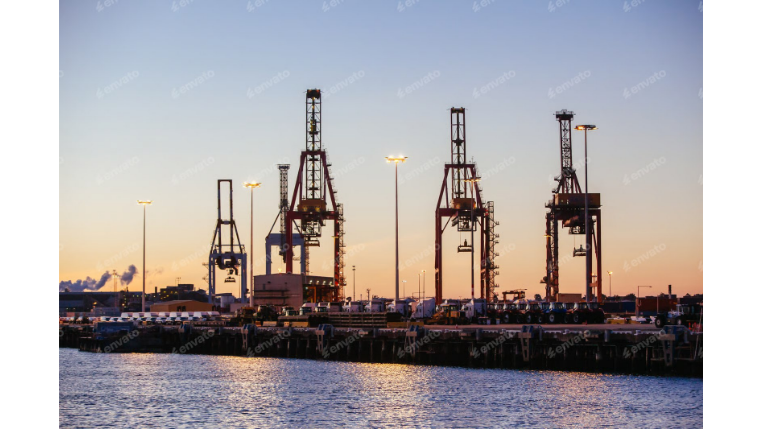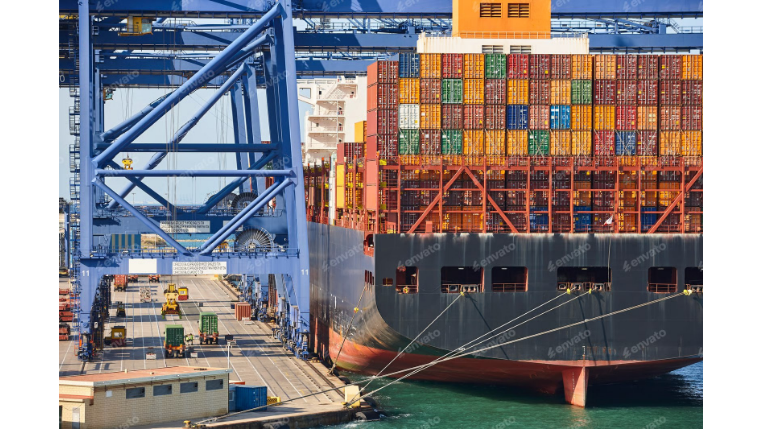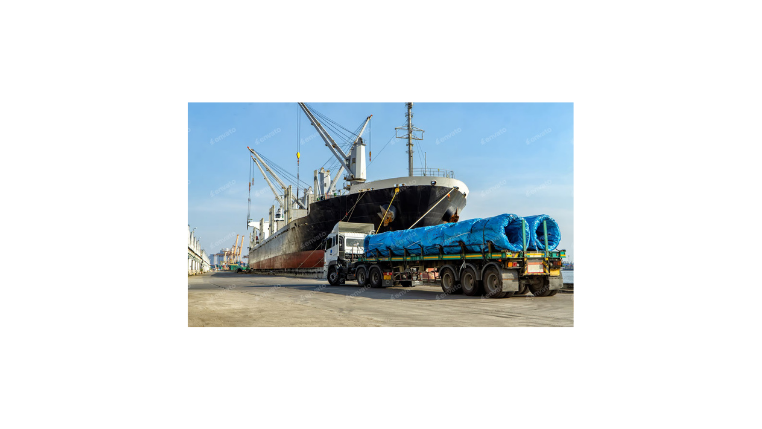The Significance of Customs Declarations
Customs declarations are a critical component of international shipping. These documents provide customs authorities with essential information about a shipment's contents, which helps them assess the appropriate duties, taxes, and regulations. By accurately completing customs declarations, shippers ensure the smooth and efficient movement of goods across borders.
Furthermore, customs declarations are a vital tool for governments to monitor and control the flow of goods into and out of a country. They help prevent illegal activities, such as smuggling, and ensure compliance with trade agreements and regulations. Without proper declarations, shipments can be delayed or rejected at the border, causing significant disruptions to business operations.
Understanding Customs Declarations
To navigate international shipping successfully, it is essential to understand the fundamentals of customs declarations. These documents typically include:
- The shipper's and consignee's details
- A detailed description of the goods
- The quantity and value of the goods
- The country of origin
- Any applicable licenses or permits
Shippers must provide precise and detailed information on the declaration. It is especially important to classify goods correctly according to the Harmonized System (HS) codes—standardized codes used worldwide to classify products. Inaccurate information can result in penalties, delays, and additional costs.
Additionally, understanding the specific customs requirements of the destination country is crucial. Each country has unique regulations and documentation needs, and shippers must ensure compliance to avoid complications. Working with experienced freight forwarders or customs brokers can simplify the process and ensure all procedures are followed correctly.
Key International Shipping Documents
Several important documents are required for international shipments, including:
- Bill of Lading: Issued by a carrier, this document serves as a contract of carriage and a receipt for the goods.
- Commercial Invoice: An itemized list of goods with their corresponding values, used for customs clearance and valuation.
- Packing List: A detailed list of all items in the shipment, including quantities, weights, and dimensions.
- Certificate of Origin: A document certifying the country where the goods were produced, often required to determine eligibility for preferential trade agreements.
- Import/Export Licenses and Permits: Depending on the nature of the goods and the destination country, additional licenses or permits may be necessary.
These documents must be completed accurately and submitted to the appropriate authorities for customs clearance. Any discrepancies or missing information can lead to delays and penalties.
Tips for Completing Customs Declarations
While completing customs declarations can be complex, following these tips can help ensure a smooth shipping experience:
- Provide accurate and detailed information about the goods, including their description, quantity, and value.
- Classify goods correctly according to their HS codes to avoid delays and penalties.
- Stay up-to-date on the customs regulations and requirements of the destination country.
- Work with experienced freight forwarders or customs brokers for guidance through the clearance process.
- Keep all supporting documents organized and readily available for customs inspection.
Following these tips can minimize the risk of customs-related issues and contribute to a hassle-free shipping experience.
Common Challenges in International Shipping
International shipping presents various challenges, particularly concerning customs declarations. Some common obstacles include:
- Language Barriers: Communicating with customs authorities in different countries may be difficult. It is important to ensure all shipping documents are translated accurately.
- Complex Regulations: Each country has a unique set of customs regulations that can be complex and time-consuming to navigate. Staying informed and seeking professional assistance can help overcome this challenge.
- Delays and Inspections: Customs inspections can cause significant shipping delays. Shippers should build extra time into their schedules to account for potential inspections.
- Tariffs and Duties: Determining the correct tariffs and duties for a shipment can be difficult. Working with customs experts helps ensure accurate calculations and compliance with all applicable trade agreements.
By being aware of these challenges and taking proactive measures, shippers can navigate the complexities of international shipping and ensure successful customs clearance.










